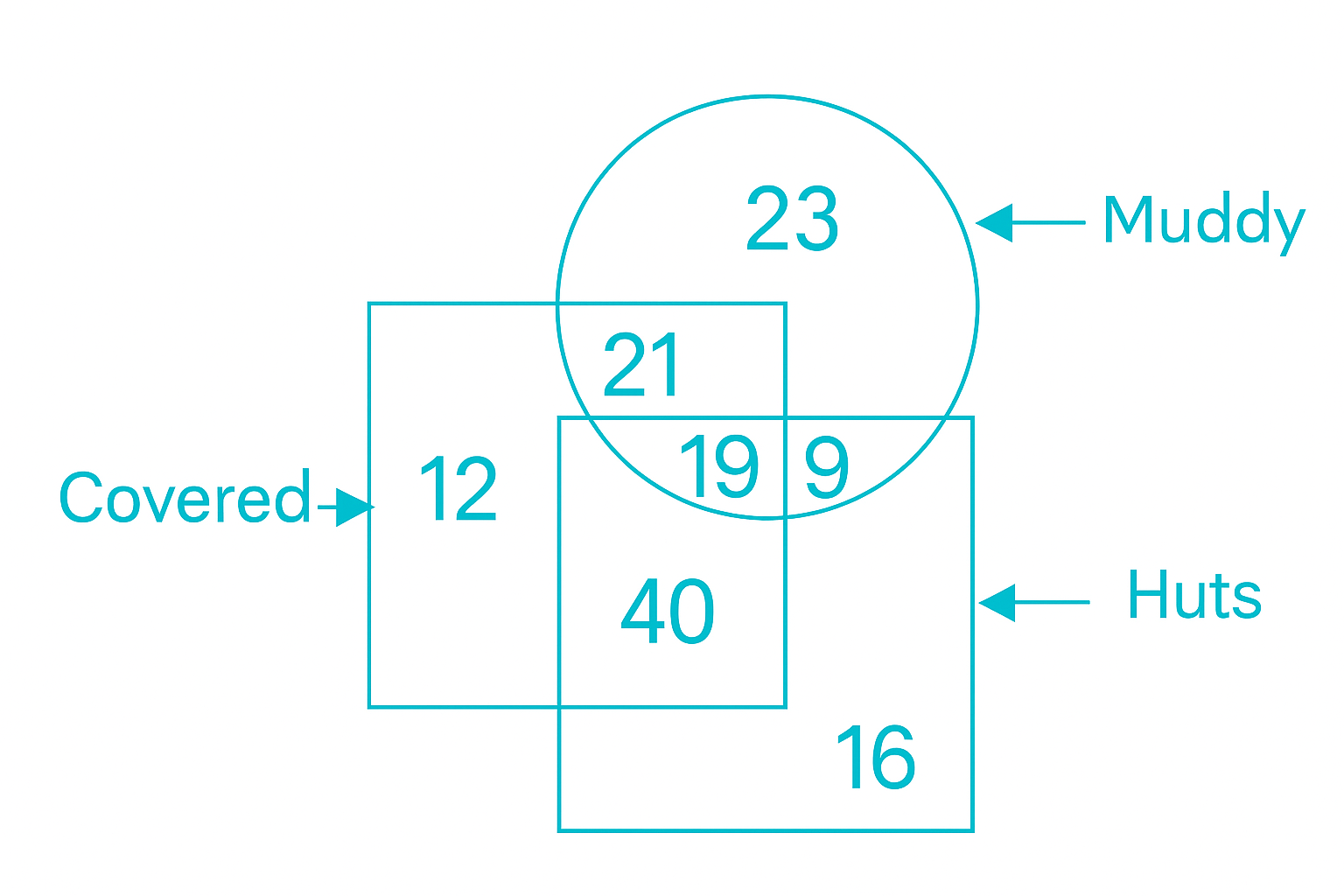Correct Answer: J, L
Explanation:
Given areas: I, J, K, L, M, N, O, P
Total reductions required: Exactly 5 of the 8 areas
Conditions:
Given in the question: K and N are reduced → So, by the last rule, J is not reduced.
Apply Rule 2: If L is reduced, N or O cannot be reduced. But since N is reduced, L cannot be reduced.
Apply Rule 3: If M is reduced, J is not reduced. But we already know J is not reduced, so M can be reduced.
So far:
We must reduce 5 areas. Already reduced: K, N. Potentially reducible: I, M, O, P.
We want to identify a pair of areas that cannot be reduced. We already know:
Final Answer: J, L


Discussion & Comments